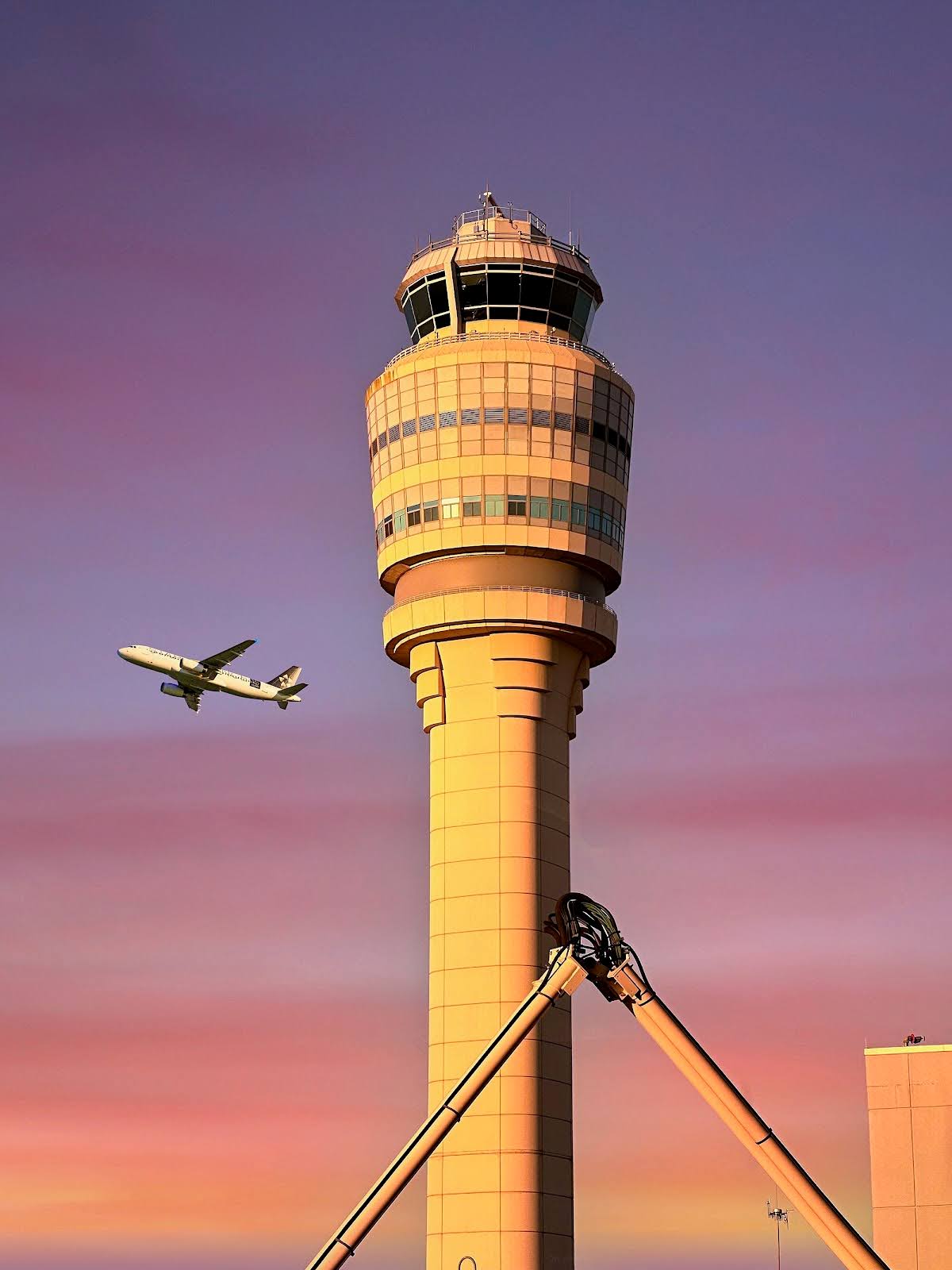When it comes to aviation, understanding weather patterns is not just a matter of knowledge—it’s a crucial skill that can make the difference between a smooth flight and a dangerous one. Weather conditions in the skies are far from uniform, and pilots must continuously assess and respond to the changes that occur as they navigate the atmosphere. Weather patterns directly influence everything from flight safety to passenger comfort, making them a central focus for anyone in the aviation industry.
The impact of weather on flying begins long before takeoff. Pilots and meteorologists closely monitor weather reports to plan the safest and most efficient routes. A seemingly clear sky at the departure point does not guarantee a smooth journey, as weather can change rapidly across the hundreds or even thousands of miles that an aircraft might cover. One of the most significant factors that pilots consider is turbulence. While turbulence is a common occurrence, its intensity can vary dramatically based on weather patterns. Clear-air turbulence, for example, is notoriously difficult to predict and can result from jet streams—narrow bands of strong wind at high altitudes.
These turbulent areas can cause sudden jolts during flight, making for an uncomfortable ride and, in extreme cases, even leading to injury if passengers or crew are not properly secured.
Thunderstorms represent another major weather hazard for aviation. These powerful systems can develop quickly and are often accompanied by severe turbulence, lightning, hail, and even tornadoes.
Thunderstorms are particularly dangerous because they can affect multiple aspects of a flight simultaneously. The strong updrafts and downdrafts within a thunderstorm can cause significant shifts in altitude, while lightning strikes can potentially damage the aircraft’s electrical systems. Additionally, hail can damage the exterior of the plane, and severe turbulence within the storm can make controlling the aircraft more challenging. To avoid these risks, pilots rely on weather radar and guidance from air traffic control to steer clear of storm cells whenever possible.
Wind shear, another critical weather phenomenon, poses a significant threat during both takeoff and landing. Wind shear is a sudden change of wind speed or wind direction over a short distance. This can lead to rapid changes in airspeed and altitude, which are particularly dangerous when an aircraft is close to the ground. Pilots are trained to recognize the signs of wind shear and take corrective actions, but despite advances in technology and training, it remains one of the most challenging weather-related threats.
Fog and reduced visibility can also complicate flying, particularly during takeoff and landing. Low visibility conditions require pilots to rely more heavily on instruments rather than visual cues, increasing the importance of precision and experience.
Fog is often caused by temperature inversions, where a layer of cooler air is trapped near the ground by a layer of warmer air above it. This can happen particularly during the early morning or evening hours. In such conditions, airports may delay flights or divert them to other locations to ensure safety, leading to disruptions in air travel schedules.
Icing is another serious concern, especially in colder climates or at high altitudes. Ice can form on the wings, tail, and other parts of the aircraft, affecting its aerodynamics and potentially leading to a loss of lift. Aircraft are equipped with de-icing systems, but heavy or unexpected icing conditions can still pose a risk. Pilots need to be constantly aware of the temperature and moisture levels in the atmosphere to anticipate where icing might occur and take preventative measures.
Jet streams, while beneficial for tailwinds that can speed up flights, can also cause difficulties. These high-altitude winds, which flow from west to east, can affect flight routes and fuel efficiency. Pilots may adjust altitudes to either ride with or avoid the jet stream, depending on its direction and strength. However, crossing a jet stream can result in turbulence, which once again highlights the need for continuous weather monitoring.
In summary, the impact of weather patterns on flying cannot be overstated. From the turbulence that might cause a few bumps during your flight to the severe thunderstorms that could force a pilot to alter their course entirely, weather is an ever-present and formidable factor in aviation.
Pilots, air traffic controllers, and meteorologists work tirelessly to predict and respond to these conditions to ensure that air travel remains as safe as possible. For those interested in or involved with aviation, a deep understanding of weather patterns is not just helpful—it’s essential.
Whether you’re a seasoned pilot or an aviation enthusiast, it’s clear that weather is more than just a background detail in flying. It’s a dynamic, powerful force that demands respect and careful consideration. Understanding the skies and how they can change will continue to be a critical part of navigating the world above us.



